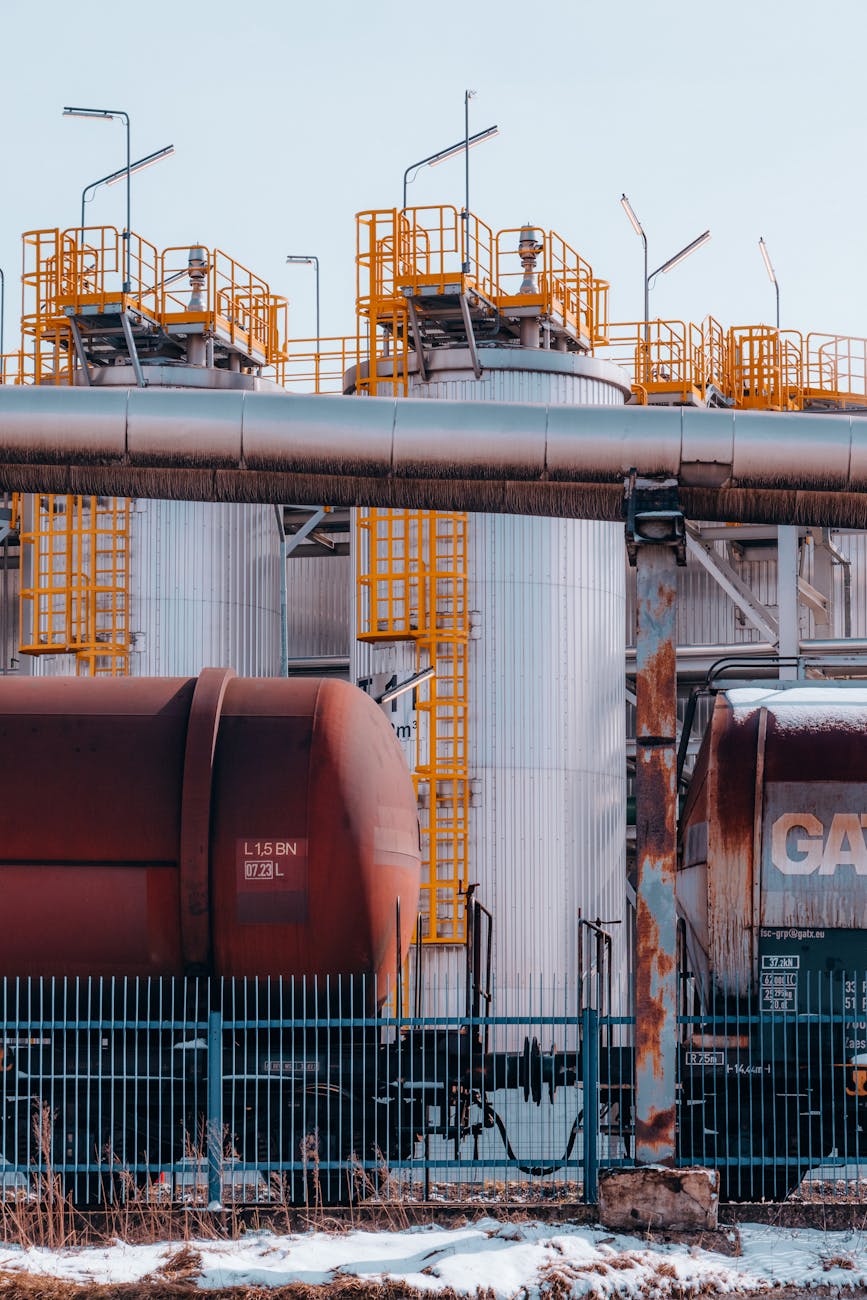
Oil & Gas Industry Safety: H2S Awareness, Permit-to-Work, and Confined Space Entry
Introduction
The oil and gas industry involves high-risk operations, including exposure to toxic gases, confined spaces, and hazardous work environments. Proper safety protocols are essential to prevent accidents, injuries, and fatalities. This training covers critical safety topics:
- Hydrogen Sulfide (H₂S) Awareness – Handling toxic gas exposure
- Permit-to-Work (PTW) System – Controlling high-risk tasks
- Confined Space Entry (CSE) – Safely working in restricted areas
By following industry best practices and regulatory standards, workers can minimize risks and ensure a safer workplace.
H₂S Awareness (Hydrogen Sulfide Safety)
Hydrogen Sulfide (H₂S) is a colorless, flammable, and highly toxic gas commonly found in oil and gas operations. Exposure can be fatal even at low concentrations.
Key Safety Measures:
- Use Gas Detectors – Continuously monitor H₂S levels in work areas.
- Wear Proper PPE – SCBA (Self-Contained Breathing Apparatus) and H₂S monitors.
- Follow Emergency Procedures – Know evacuation routes and assembly points.
- Train Workers on H₂S Risks – Recognize symptoms (headaches, dizziness, respiratory failure).
- Implement Buddy System – Never work alone in H₂S-prone areas.
Common Hazards:
- Inhalation leading to unconsciousness or death
- Explosion risk in high concentrations
- Corrosive effects on equipment
Permit-to-Work (PTW) System
A Permit-to-Work (PTW) is a formal authorization for high-risk tasks, ensuring hazards are controlled before work begins.
Key Safety Measures:
- Risk Assessment – Identify hazards and implement controls.
- Authorization by Competent Personnel – Only approved supervisors should issue permits.
- Clear Communication – All workers must understand permit conditions.
- Isolation & Lockout/Tagout (LOTO) – Ensure equipment is safely de-energized.
- Permit Closure – Verify work completion and restore safe conditions.
Common PTW Types:
- Hot Work Permit (welding, grinding)
- Confined Space Entry Permit
- Electrical Work Permit
- Excavation Permit
Confined Space Entry (CSE) Safety
Confined spaces (tanks, pipelines, vessels) pose risks like toxic atmospheres, engulfment, and oxygen deficiency.
Key Safety Measures:
- Atmospheric Testing – Check for oxygen levels, flammable gases, and toxins before entry.
- Ventilation – Use blowers to ensure fresh air supply.
- Use Proper PPE & Rescue Equipment – Harnesses, tripods, and SCBA if needed.
- Continuous Monitoring – Gas detectors must remain active during work.
- Trained Standby Attendant – A rescuer must be present outside the confined space.
Common Hazards:
- Oxygen deficiency (<19.5%) or enrichment (>23.5%)
- Toxic gas accumulation (H₂S, CO)
- Engulfment in liquids or flowing materials
Conclusion
Safety in the oil and gas industry requires strict adherence to protocols for H₂S awareness, Permit-to-Work systems, and Confined Space Entry. Proper training, hazard recognition, and emergency preparedness can prevent life-threatening incidents.
By following OSHA, NIOSH, and company-specific safety guidelines, workers can protect themselves and their teams from preventable accidents.
Construction Safety Training: Scaffolding, Excavation, and Working at Heights
30 Critical Safety Moments to Discuss in Meetings
How To Conduct HSE Induction Training
25 Workplace Safety Topics for Meetings
FAQs
1. What are the exposure limits for H₂S?
- 10 ppm (OSHA 8-hour TWA)
- 15 ppm (OSHA STEL – Short-Term Exposure Limit)
- 100 ppm (Immediately Dangerous to Life or Health – IDLH)
2. When is a Permit-to-Work (PTW) required?
A PTW is required for high-risk tasks like hot work, confined space entry, electrical work, and excavation.
3. What are the three main hazards in confined spaces?
- Atmospheric hazards (toxic gases, oxygen deficiency)
- Physical hazards (engulfment, moving parts)
- Environmental hazards (extreme temperatures, noise)
4. Can a worker enter a confined space alone?
No, confined space entry requires a trained attendant outside for monitoring and emergency response.
5. What should you do if H₂S alarms activate?
- Don your SCBA immediately
- Follow emergency evacuation routes
- Move upwind to a safe assembly point
By following these safety practices, oil and gas workers can significantly reduce risks and ensure a safer workplace. Stay vigilant!
























